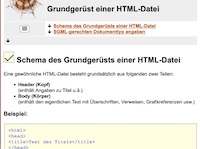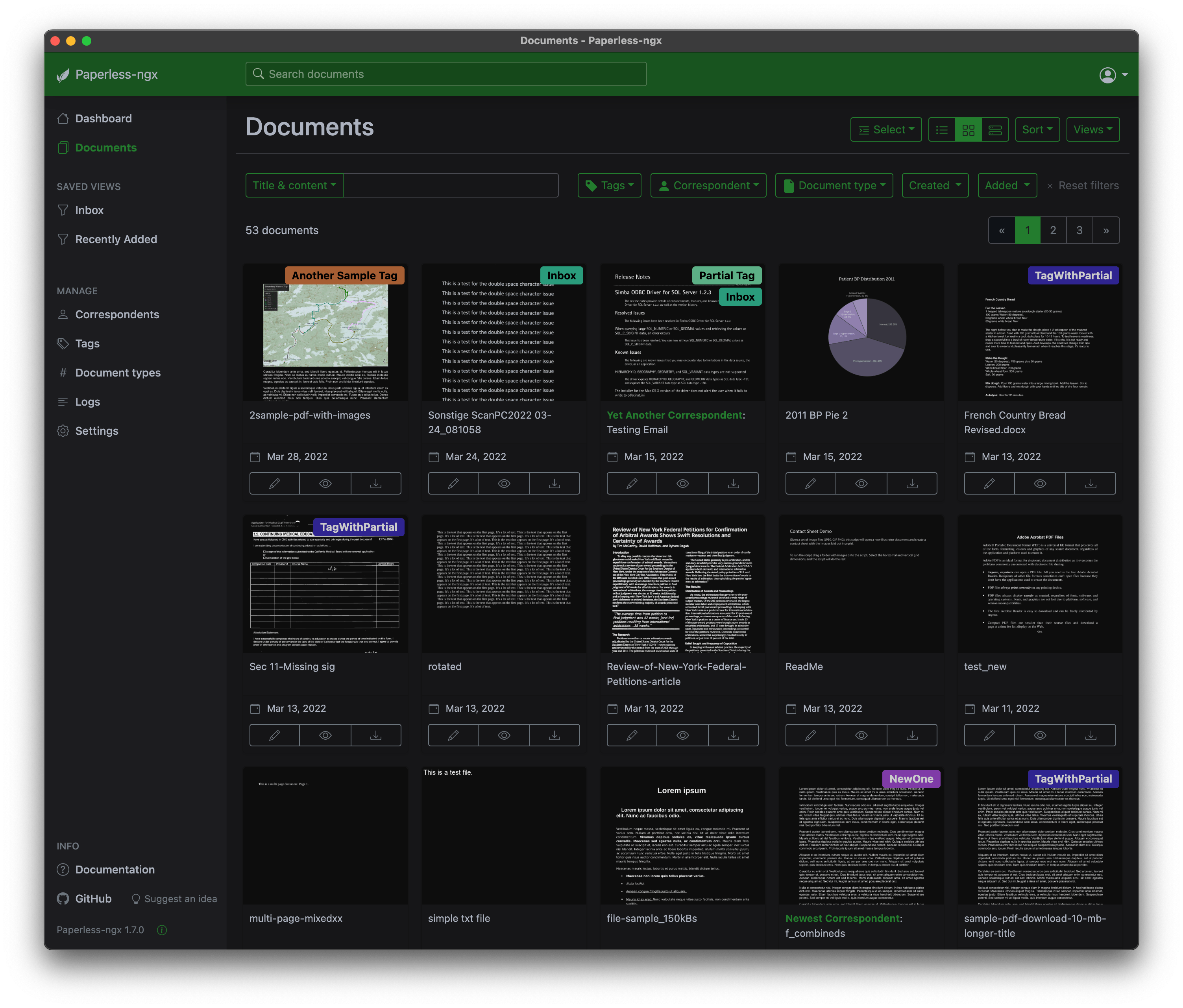Building in the open
Join me as I embark on a transparent journey to develop a digital filing cabinet that prioritizes your privacy.
Using my years of experience in web development, I aim to craft a solution that bridges the gap between convenience and data security,
all while sharing each step of the process with you.
Follow along for live coding sessions, insights, and the chance to shape a product designed for individuals, families, and SMEs alike.
Content:
I started web development in the last millennium with the help of a website called

Screenshot of SelfHtml.de from 1998 taken with the
WaybackMachine
SELFHTML
I ran my own software company with two friends in Germany for nearly a decade. And then, five years ago, after I moved to Canada to work for Shopify. I’m currently enjoying some free time between jobs and want to use these months to spin up a product/business as a solo entrepreneur with an idea I’ve been thinking about for nearly ten years.
Here is the problem I want to solve with my software:
You get a notification about an new e-mail. You open it and at a glance you can tell it’s important and have to act on it.
But you don’t have the time to do it right now.
So you leave it marked as unread.
I do this with physical mail too – And it is a nightmare. I end up with stacks of unopened letters scattered through my apartment. Some of them urgent, some of them important, some of them both, some of them none of it.
And then comes the dreaded moment where I have to find that one letter.
I never committed to an existing software because these days this most likely means I have to give a very complete picture of my personal life. Additionally
- I can only maintain access to my data as long as I pay them a monthly fee
- They will potentially use/sell my data
- They might give generous access to government(s) agencies
- Might be accessed by third parties through a data leak
While there are alternatives like Paperless

Paperless is a self hosted open-source document management system.
it is only accessible to people who are already well versed in
hosting their own servers.
I want to solve this problem for myself as well as non-technical people. Hitting the right spot between ease-of-use, level of privacy and cost to operate is always an trade off based on ones current situation. Knowing this I will be building a software that allows users to choose a compromise that suits their needs and change their mind over time.
Who is this for?
I’ve talked to a lot of friends and family and a lot of people struggle with document management in similar ways. Not surprisingly the amount of important mail multiplies once you start a family and you receive documents that you have to manage on behalf of your children.
So while the MVP MVP stands for “Minimum Viable Product” that I will build in the beginning will focus on individuals a multiuser concept will be part of the foundations software design.
To some degree a solution of this problem could be even applied to SMEs SME stands for “Small and medium-sized enterprises” . For example at Fortytools we were between 15-20 people and had a lot going on between our own SaaS and our contracting business. We had enough paperwork to deal with to employ someone. And documents often had to retrieved, processed and shared with other users.
This is what I’m building
The core of the software I am going to build can best be described as a digital filing cabinet. That in itself is not especially novel, but I was surprised at how few solutions there are that do not satisfy my personal requirements for such a solution.
“Data privacy” is the least interesting feature in any software until someone gets access to you data who is not supposed to. Which happens a lot more often than you think!
Giving your data to a SaaS SaaS Software as a service is a software licensing and delivery model in which software is licensed on a subscription basis and is centrally hosted. provider is certainly the most convenient. It’s also arguably likely to loose your data when you rely on the backup tools of a cloud provider than managing external disks and thumb drives.
However not all SaaS providers are set up equally and there are a lot of data breaches each year. Larger companies are usually good at protecting your data against unauthorized access. However if your are not paying a significant price tag, for example for Google Drive, the provider will use your data in one way or another to monetize their project. Yes they will look into files. If you create a comparison Google Sheet for Baby strollers, you will get ads of baby products.
So I want to make privacy a major concern and allow you to run the software without any connection to the internet. But I also want to make the software as easily accessible as possible. So I will launch the software in different variants that allows you to pick your sweet sweet spot between privacy and comfort.
And most importantly I will make it easy to switch between these. One of the main technical ingredients to achieve this is to store everything in files. Documents will be stored by year and by month. An extremely simple scheme that will be manageable even if you stop using the software altogether.
If you build it, they will come nobody cares
There is this platitude about how it’s not enough to just build a good product. The gist is that you should start starting marketing & sales activities as soon as you start building.
And the reason this is still being told is that especially solo developers are likely to fall into this trap. There is a high temptation wanting the first release to be perfect, wanting to add just one more feature.. Another catalyst for this line of thinking/feeling is that it’s better to start with a “big bang”.
It’s been proven over and over again that this is not the case. So to avoid falling into this trap I decided to “build in the open” from the start.
Practically that means I’m going to stream live on Twitch as I write the first lines of code. I’ll be happy to answer questions and will be talking in more detail about some of technical decisions for this project.
Watching live coding sessions is not always most captivating and I also want to share non-technical challenges along the way. So I will also build other channels (more blog posts Instagram, Youtube, Podcast, Newsletter). I’m also interested in learning from other peoples journey.
So if you’re interested in following my journey I’d love to send you my weekly newsletter where I share recent progress.